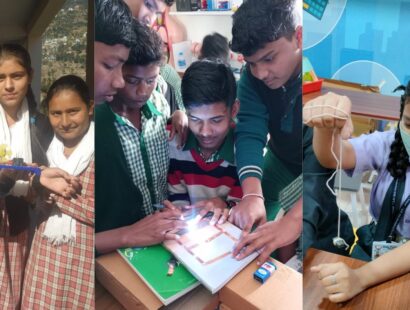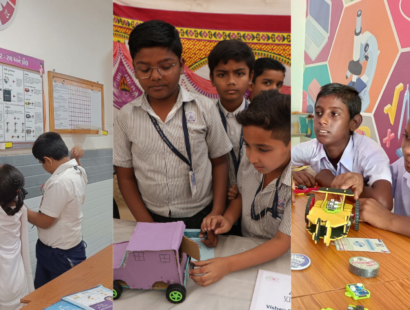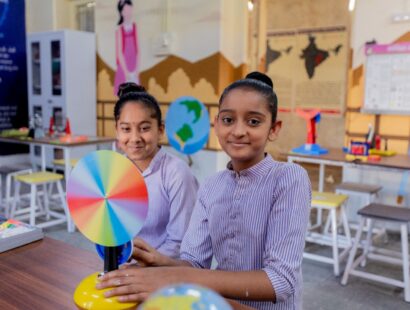Why is experiential learning a fun way to teach science to kids?
STEAM Education
Experiential learning is a teaching method that involves actively engaging students in learning through experience, reflection, and experimentation. It is a fun and effective way to teach science to kids because it allows them to explore and discover scientific concepts in a hands-on, immersive way.
Here are some reasons why experiential learning is a fun way to teach science to kids:
- It engages all of the senses:
When kids are engaged in experiential learning, they are using all of their senses to explore and learn. They can touch, see, smell, hear, and even taste the concepts they are learning about. This sensory engagement helps them to remember the concepts more easily and makes the learning process more enjoyable. - It encourages curiosity:
Experiential learning encourages kids to ask questions and seek answers. They can observe, experiment, and draw conclusions based on their own experiences. This process helps to develop their curiosity and a love of learning that can last a lifetime. - It promotes collaboration:
Experiential learning often involves working in groups or pairs, which encourages kids to collaborate and communicate with one another. This social aspect of learning can be especially fun for kids and can help them to develop important teamwork skills. - It makes learning relevant:
Experiential learning allows kids to apply what they are learning to real-world situations. They can see how scientific concepts are relevant to their everyday lives, which makes the learning experience more meaningful and engaging. - It can be personalized:
Experiential learning can be tailored to meet the individual needs and interests of each child. Kids can choose their own experiments or projects, which allows them to take ownership of their learning and pursue topics that they are passionate about.
Some examples of experiential learning activities for teaching science to kids include:
- Conducting experiments, such as making volcanoes or growing crystals
- Going on nature walks to observe and learn about plants, animals, and ecosystems
- Building models or prototypes to explore engineering and design concepts
- Participating in science fairs or competitions to showcase their learning
In conclusion, experiential learning is a fun and effective way to teach science to kids. By engaging all of their senses, encouraging curiosity, promoting collaboration, making learning relevant, and personalizing the experience, kids can develop a lifelong love of science and learning.


